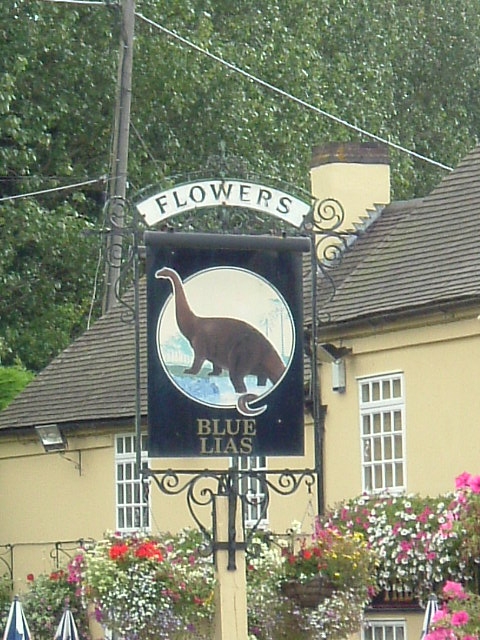Geotourism: Getting lost in Geologic Time
Article by Stephen Pickering
 One of the great industrial innovations of the late 18th century was the canal, used to transport goods to market it was one of the catalysts of the industrial revolution, and a marvel of innovation and engineering. I confess to having spent many enjoyable days, holidaying with family and friends on canals in narrow boats, or as they are often called “pleasure boats”. The latter indicating a transformation from transporting of goods for commerce to that of people for pleasure. At the end of the day mooring by a canal-side inn for a beer is to me one of life’s greatest pleasures.
One of the great industrial innovations of the late 18th century was the canal, used to transport goods to market it was one of the catalysts of the industrial revolution, and a marvel of innovation and engineering. I confess to having spent many enjoyable days, holidaying with family and friends on canals in narrow boats, or as they are often called “pleasure boats”. The latter indicating a transformation from transporting of goods for commerce to that of people for pleasure. At the end of the day mooring by a canal-side inn for a beer is to me one of life’s greatest pleasures.
In my travels by boat one particular location on the Grand Union Canal, 5 miles east of Leamington Spa has caught my eye. As the canal descends into the valley of the River Leam by the Stockton of flight of ten locks (often known as ‘the Itchington Ten’), there is a waterside public house called the Blue Lias http://www.bluelias.com/. The inn was originally an 18th century farmhouse, apparently it is haunted by the ghost of a red-haired farm labourer who was killed by the enraged farmer who returned from market one day to find his wife in bed with the farmhand. It first became an inn when the early canal travellers stopped for evening refreshment and overnight stabling for their horses.
The pub is named after the Blue Lias which is a locally outcropping limestone shale sequence of late Trias 195 million years ago (Rhaetian stage) through to early Jurassic Lower Sinemurian 200 mya. It includes the entire Hettangian Stage containing abundant ammonites (Liparoceras) and some early marine reptiles (ichthyosaurs). The Blue Lias is a transgressive sequence from the lowest member the Wilmcote Limestone representing deposition in a stagnant lagoonal to marginal marine environment. The anoxic depositional environment caused the precipitation of iron pyrites which contributes to its blue grey colour. The Blue Lias has been quarried locally for cement, the canal presumably being used to transport the cement to market, elsewhere in the UK the Blue Lias is used as a building stonehttps://en.wikipedia.org/wiki/Blue_Lias.
So what intrigued me about the Blue Lias, I hear you ask? Well it is the pub sign shown above, featuring a brontosaur or possible a diplodocus a form of sauropod which was extant from 150 to 155 mya! But what is a mere 50 million years between friends. Regardless of the pub sign the Blue Lias, the canal and of course the pub are still worth a visit.

